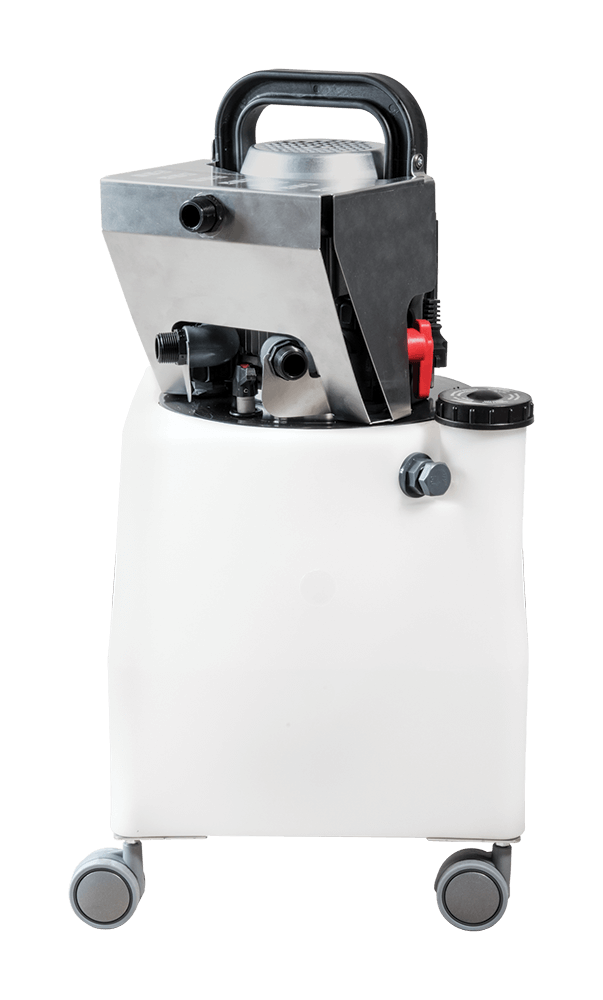How to do proper maintenance
of radiant systems
Water circulating in the radiant system
If this water has not been treated, it will cause problems in the heating system.
Microbial flora is a constant presence in drinking water. In fact, despite the fact that drinking water is treated, it can still carry micro-organisms that are part of the normal natural environmental flora. Therefore, micro-organisms are present even in the absence of any type of contamination.
The problems with radiant panel systems
In traditional systems the major problems that occur are the formation of corrosion deposits (sludge and metal oxides) and calcareous deposits.
In radiant systems that operate with water circulating at lower temperatures of 33 ° – 38 ° C a further harmful phenomenon can occur: bacterial growth. Bacterial growth is only present in lower temperature systems and is not found in traditional heating systems.
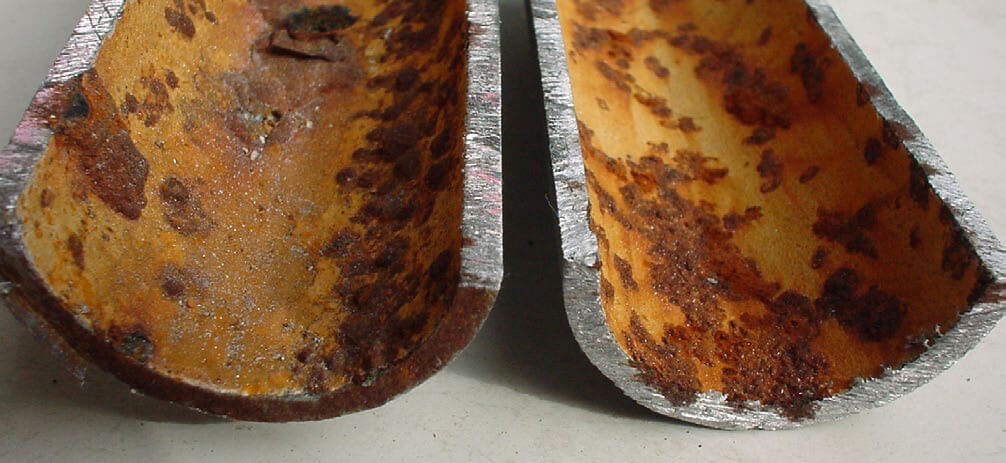
Main conditions for bacterial growth in a low temperature radiant system
• Temperature: between 20 and 40 ° C the growth is exponential
• Still water: if the water flow is restricted the growth rate increases
• Release of metal oxides
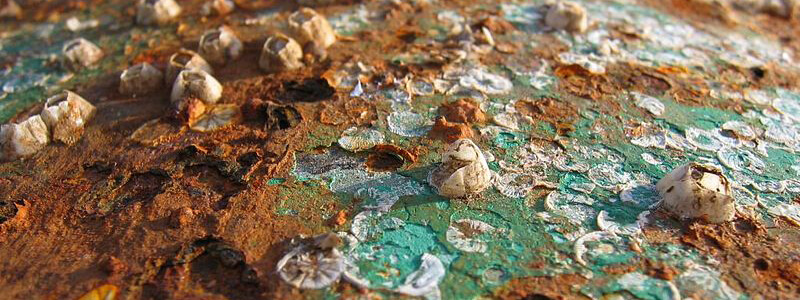
The Biofilm: meaning and problems it causes
Over time these viscous deposits prevent water from circulating efficiently, causing uneven heating. The result is a gradual increase in energy consumption and in the worst cases it can cause the premature failure of the equipment.
How to prevent problems in radiant systems
Suitable for all radiant systems, including those containing aluminium components, the BP 700 Powder eliminates the biofilm from the system and guarantees maximum efficiency with minimum fuel consumption.
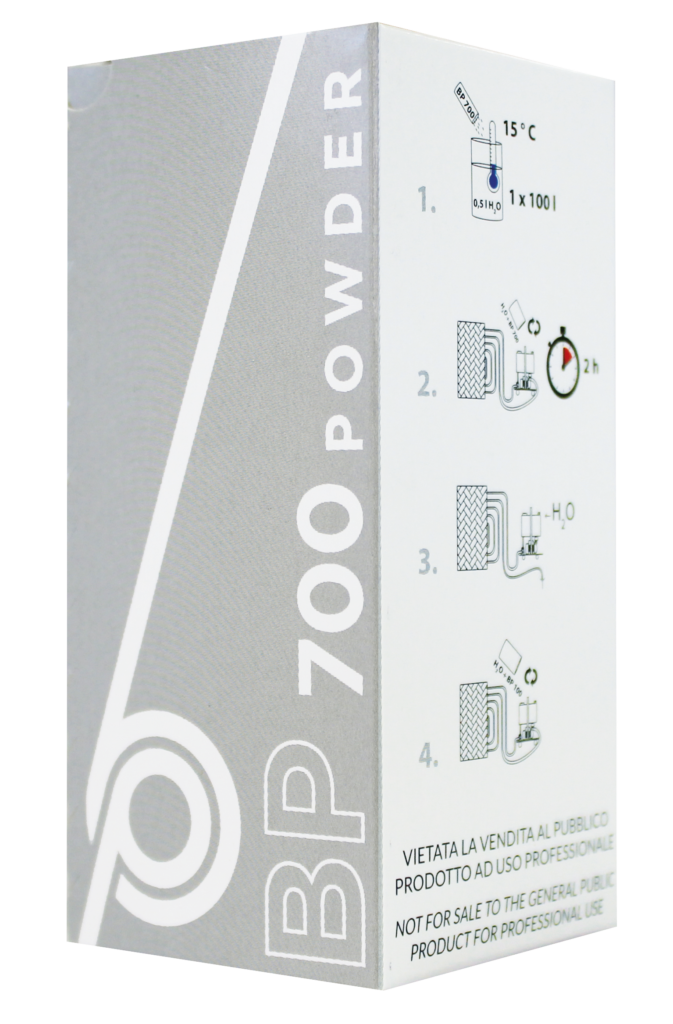
BP 700 Powder - Benefits
- Specific for low temperature heating systems
- Eliminates clogging
- Prevents bad smells
- Practical powder format
- The product does not cause corrosion, its formulation has a low environmental impact
- The product is packaged in sealed tubes to facilitate easy transport and storage
HOW TO USE THE BP 700 POWDER
The BP 700 Powder should be circulated around the radiant system using a HYPERFLUSH 36 or TRANSFORMER restoring pump.
The choice of the pump depends on the volume of water inside the system.
Important steps for the correct use of the product
- The first operation to be carried out, after the hydraulic and electrical connections have been made, is a prewash of the whole system using water only and reversing the water flow frequently.
- The contents of the tube are dissolved in 500 ml of water at 30 °c. A 100 gr tube is able to treat 100 litres of water contained in the radiant system.
- Pour the prepared solution into the tank of the pump. Let it circulate in the system for a couple of hours, reversing the flow frequently.
- At the end of the washing process, drain and rinse the system ensuring the reverse flow is used. Continue to do this until the drained water is clear.
- Once the system has been rinsed, fill with new, clean water and add the corrosion inhibitor BP 700 A which prevents the formation of bacteria and biofilm. Both these steps are mandatory according to current regulations.
When washing of the radiant system is necessary
This system maintenance is essential to ensure longevity of the system and that it continues to function correctly. The cost of the washing of the system professionally is far outweighed by the energy savings that are made.
Download our Technical Guide to learn more about Power-Flushing
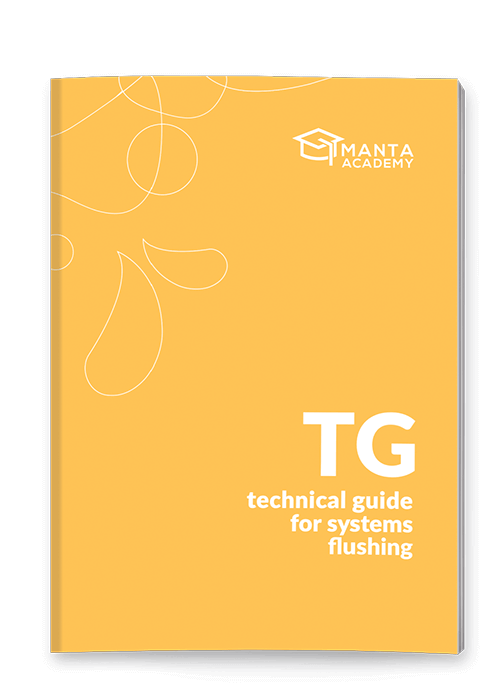
Technical Guide Power-Flushing
- Why it is necessary to flush and clean heating systems
- How to diagnose problems
- Recommendations and advice
- Which chemical for which use

